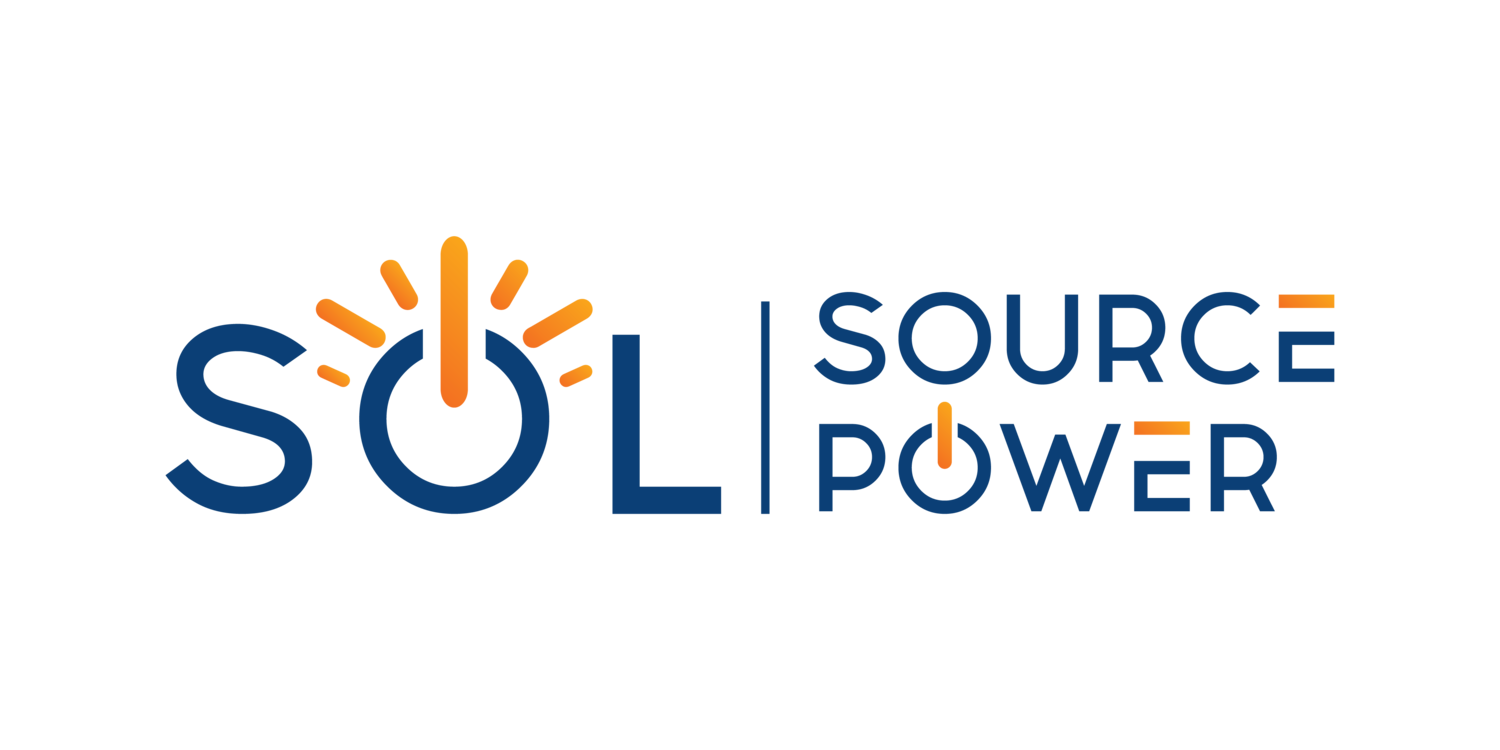
Leasing Your Land FAQs
-
There are many factors that go into determining if your land is suitable for a solar farm: topography, south-facing access, site drainage, road access, acreage, and location near an electrical substation and/or 3-phase power are all factors that contribute to development determination. However, none of these are make or break, so it is important to talk to a project developer to see if we can make your site work!
-
If a landowner receives an agricultural assessment and then converts the land to a nonagricultural use, by hosting a solar project, they may be subject to a monetary “conversion-use tax increase.” Sol Source Power would then make up for the difference, and cover any tax increase experienced by the landowner.
-
Sol Source Power will be responsible for all property tax increases covering the utilized land. We also take responsibility for all tax negotiations associated with the solar or energy storage facility (Town, County and Central School District).
-
Sol Source Power will be responsible for all property tax increases covering the utilized land. We also take responsibility for all tax negotiations associated with the solar or energy storage facility (Town, County and Central School District).
-
Yes, our landowners receive annual installments during the development period.
-
There are no dangerous or hazardous materials used at solar project sites. The land is only mildly disturbed, as continuous employment at the site is low (typically only one or two individuals for mowing in warmer seasons). Traffic during operations is also very limited. Pollinator friendly native plant/grass mixes will be planted and maintained for dust mitigation.
-
Depending on the time of year that the project receives it's approvals from the locality, we are typically able to install within a 6-8 month window (weather permitting).
-
Yes, the National Electric Code requires a minimum height of 7' around the project. Our preference is to provide a permanent deer fence (wildlife fence), rather than a chain link fence that provides a more aesthetically appealing buffer.
-
That's not a problem, our agreement will ensure that sufficient time is provided to the rancher/farmer to ensure harvest & time to relocate operations.
-
Our team will work with you to ensure the home will not be impacted by the project and our design team will modify the layout to ensure your satisfaction with the project and home proximity.
-
The Sol Source Power team is experienced with working with the mineral owners and the oil and gas operators to mutually agree on terms with dedicated set-asides over various areas of the surface for all future mineral exploration. Our team of legal experts will work through these issues to deliver a project and secure the necessary sign-offs.
-
During the due-diligence process and permitting process we work with federal, state and local agencies to ensure there is no endangered species impact. Also, we can provide a wildlife gap in fences to allow for small critters to come and go from the site.
-
Yes. During construction, several hundred people will be hired to build the solar project. The workers hired to construct the site, as well as the managers brought in to oversee the team, bring valuable revenue to the community for housing, food, and other expenses. After construction and once the project is operational, the property taxes we pay on the land provide valuable income to local taxing authorities. Depending on the state and utility zone, local electric rate payers could also benefit from hosting a solar farm with a discount in their electricity rates. Lastly, the installation of our solar and energy storage projects increases grid security by putting power generation close to demand (where it's needed), decreasing transmission congestion, reducing line loss, and lessening our dependence on purchased fuel (coal and natural gas).
-
Absolutely, we encourage our landowners to participate in the permitting process if they would like to, we are also ok if landowners sit back and allow us to present.
-
Yes, the lease will be recorded to the deed, therefore if the deed is transfered, the lease will also be transferred to the new owner.
-
Depending on the topography we can provide a vegitative buffer of pine trees to allow for robust screening between neighbors.
-
Our team will work with you during the permitting process to ensure your ability to harvest your timber prior to the time we enter into the construction phase on the property.
-
This answer largely depends on the access road to the project site and whether or not landowners use these roads to access other properties.
-
It is not possible to wire the solar project to your home, business or farm directly, however in some utility areas you can sign up to receive a discount on your electricity bill.
-
This answer depends on the availability for such a service within the proximity of the project. If a grazing provider exists within the area, we would definitely be interested in pursuing this as an alternative to typical methods (mowing).
-
During the development phase, nothing changes as to your current use of the property. We may need to enter the property from time to time for due diligence activities, however, this will not impact your use of the property. Once construction begins, your use of the leased area changes. Of course, nothing outside our agreed-upon lease area is affected or utilized.
-
The panels are designed to absorb as much light as possible, which is essential for a photo-voltaic module. They are coated with anti-reflective glass which is also shatter-resistant.
-
The lease agreement requires that the developer post a bond issued by a major third party bank or financial entity. In the highly unlikely event of insolvency, the amount of the bond will be sufficient to remove all equipment and restore your property to its original condition.
